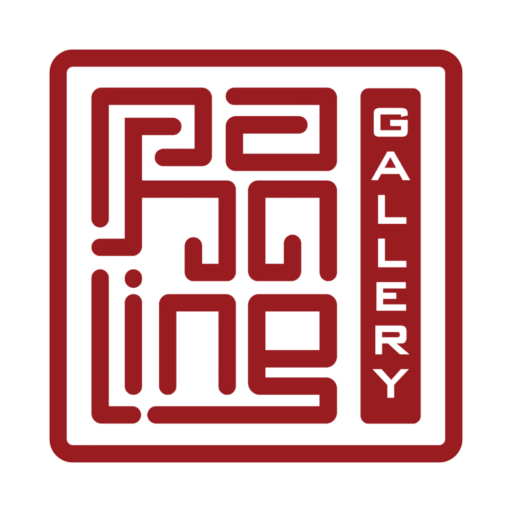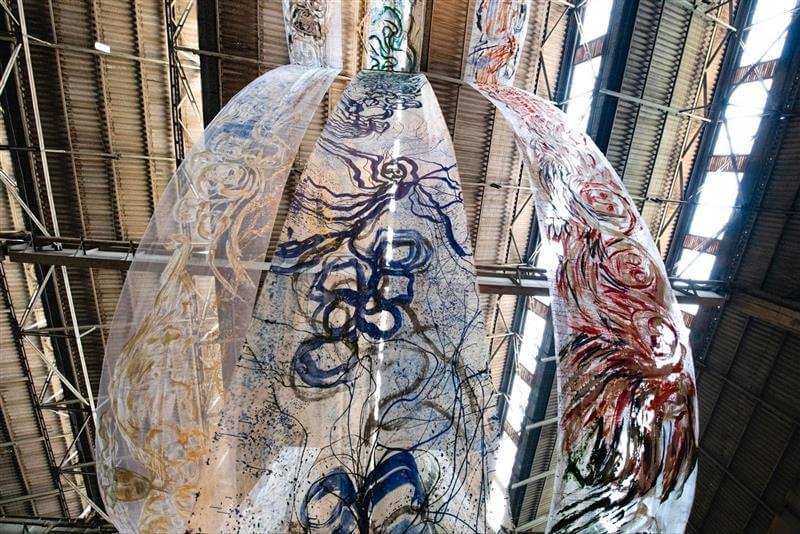Pain Is Her Medium: “The Subject of Pain Is the Business I Am In”
Louise Bourgeois famously stated, “The subject of pain is the business I am in.” Her sculptures, installations, drawings, and prints—crafted in materials ranging from latex and fabric to marble and steel—are infused with an emotional rawness that is rare in the art world.
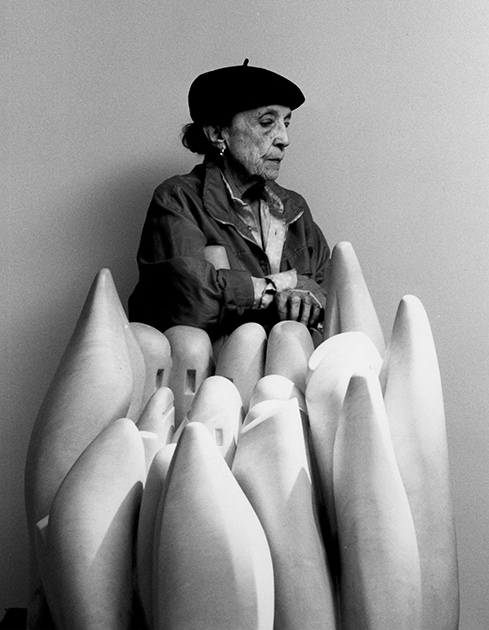
Instead of hiding behind abstraction, Bourgeois put psychological intensity front and center. Her most iconic works evoke discomfort, not for spectacle’s sake, but as an invitation to feel deeply and to remember what we might prefer to forget.
Childhood Trauma as the Root of Expression
Bourgeois’s art was rooted in her early life in France. Her father’s long-term affair with the family governess and her mother’s fragile health deeply affected her. She returned to these themes throughout her life, often stating that her work was driven by the need to understand and survive these early wounds.
Rather than trying to “move on,” Bourgeois circled her pain, dissecting it in form after form. She built a visual vocabulary of symbolic shapes—spirals, phalluses, torsos, spiders—to navigate a world where emotional and physical pain were deeply entangled.
“Fillette” and the Power of the Phallic Girl
One of her most talked-about works is Fillette (1968), a latex sculpture that looks unmistakably phallic—yet the title means “little girl” in French. The confusion is deliberate. Is it male or female? Aggressive or vulnerable? A child or a weapon?
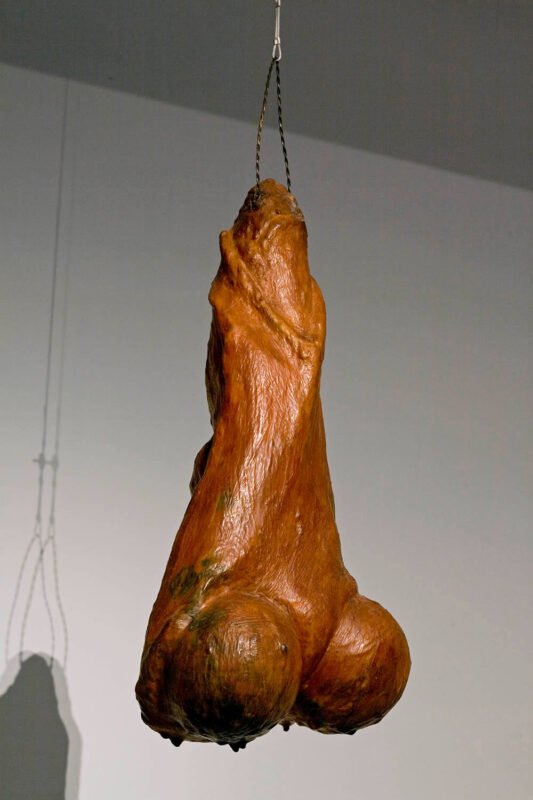
This piece exemplifies Bourgeois’s genius in using sculpture as psychological confrontation. It challenges the viewer to question how we define gender, how we sexualize the body, and how trauma distorts identity. The now-famous photo of Bourgeois holding Fillette under her arm, smirking confidently, remains an iconic moment in feminist contemporary art.
The Destruction of the Father: Sculpture as Revenge
One of her most iconic installations, The Destruction of the Father (1974), stages trauma as a dramatic ritual of reckoning and release. It depicts a cavernous red-lit room with abstract, fleshy forms—a symbolic family dinner scene in which the oppressive father is devoured by the children.
The work is intense, intimate, and claustrophobic—reflecting Bourgeois’s own childhood experience of being silenced at the table. This is not just installation art; it’s psychodrama made physical. Through this piece, she transforms helplessness into action, and shame into form.
Repetition and Ritual: The Art of Undoing
Bourgeois did not believe in closure. Her career was marked by a ritualistic repetition of certain shapes and themes. This cyclical approach—seen in works like I Do, I Undo, I Redo—mirrors the emotional work of healing. It’s never linear. We revisit our wounds, reshape them, and try again.
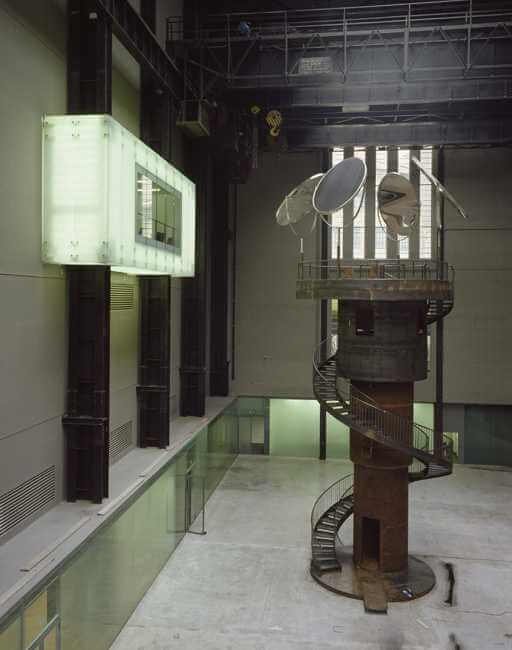
This repetition was also a strategy for survival. As she once said, “Art is a guarantee of sanity.” In returning to the same symbols—spiders, staircases, cages—Bourgeois built a space where pain could be contained and revisited on her own terms.
The Spider as Mother and Monster
Among her most iconic symbols, the spider features prominently in several sculptures, most notably the towering work Maman (1999). For Bourgeois, the spider was a stand-in for her mother—strong, protective, clever, but also eerie and uncontainable.
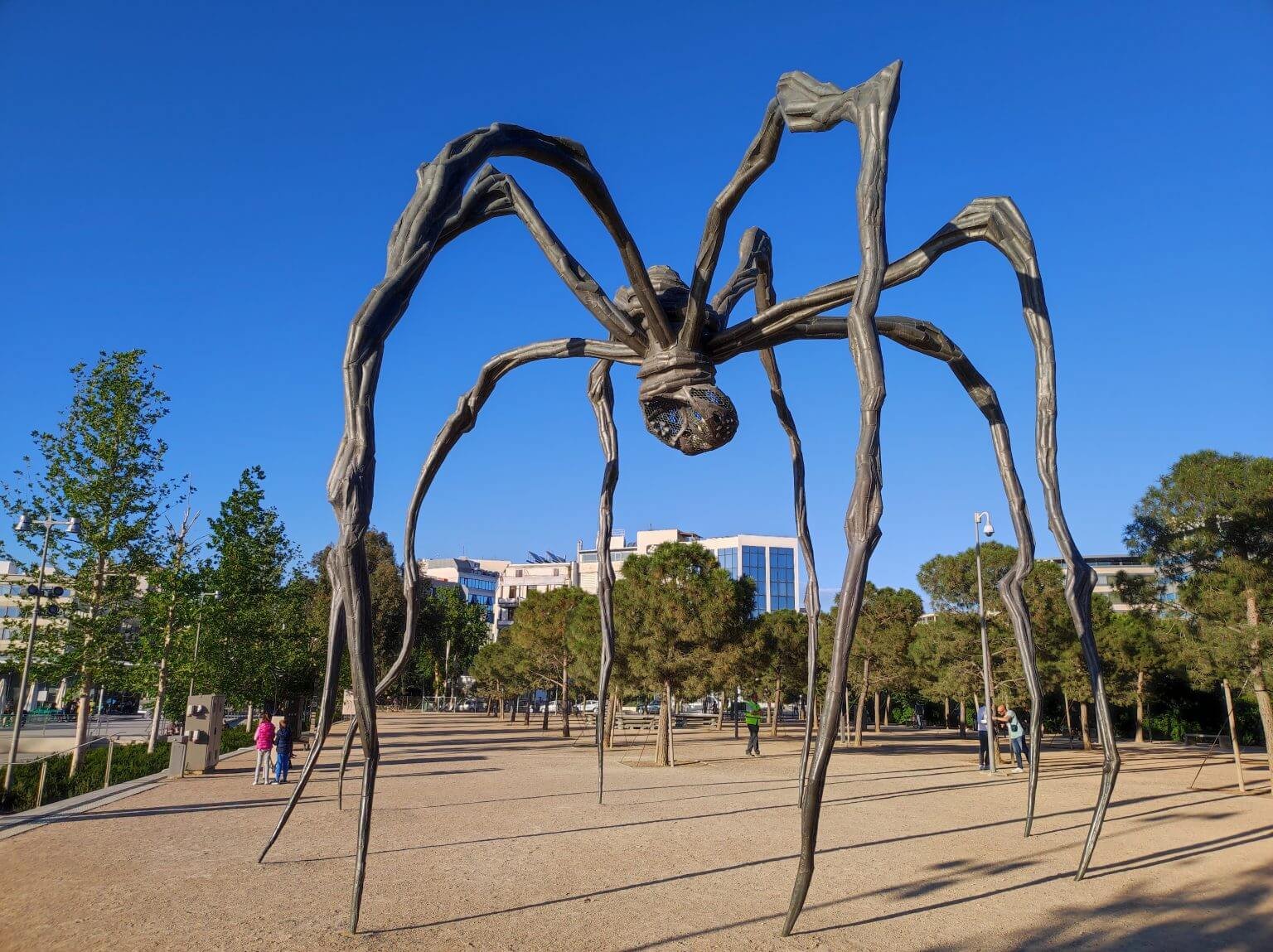
This dual symbolism makes the spider a perfect metaphor for complex maternal relationships. It represents both the safety of the nest and the snare of entrapment. It’s a guardian and a monster, much like Bourgeois’s own memories of her childhood.
The Fragile: Late Work and Emotional Minimalism
Even in her 90s, Bourgeois continued to create. Her late series The Fragile features childlike drawings of smiling women and startled spiders. These simple lines and figures carry the emotional weight of a lifetime.

Stripped of technique, these works are raw, regressive, and intimate. They show us an artist who never stopped revisiting her inner child—and who wasn’t afraid to show how pain lingers even after a lifetime of making art.
Bourgeois’s Legacy in Feminist and Contemporary Art
Louise Bourgeois’s influence on feminist art, conceptual art, and installation practice is immeasurable. Artists like Tracey Emin, Kiki Smith, and Doris Salcedo cite her as a profound influence. Her work opened the door for art that speaks honestly about mental health, female rage, intergenerational trauma, and emotional survival.
What makes Bourgeois so radical is not just what she made, but how she gave herself—and all of us—permission to feel everything, and to turn those feelings into form.
Conclusion: Pain as Creative Force of Louise Bourgeois
Louise Bourgeois did not flinch from pain. She sculpted it, stitched it, drew it, and climbed it like a staircase to nowhere. Her work teaches us that pain is not weakness—it is material. It is history. It is life.
In a world that often demands resolution and tidiness, Bourgeois reminds us that healing is messy, that grief can be generative, and that art can hold what words cannot.

